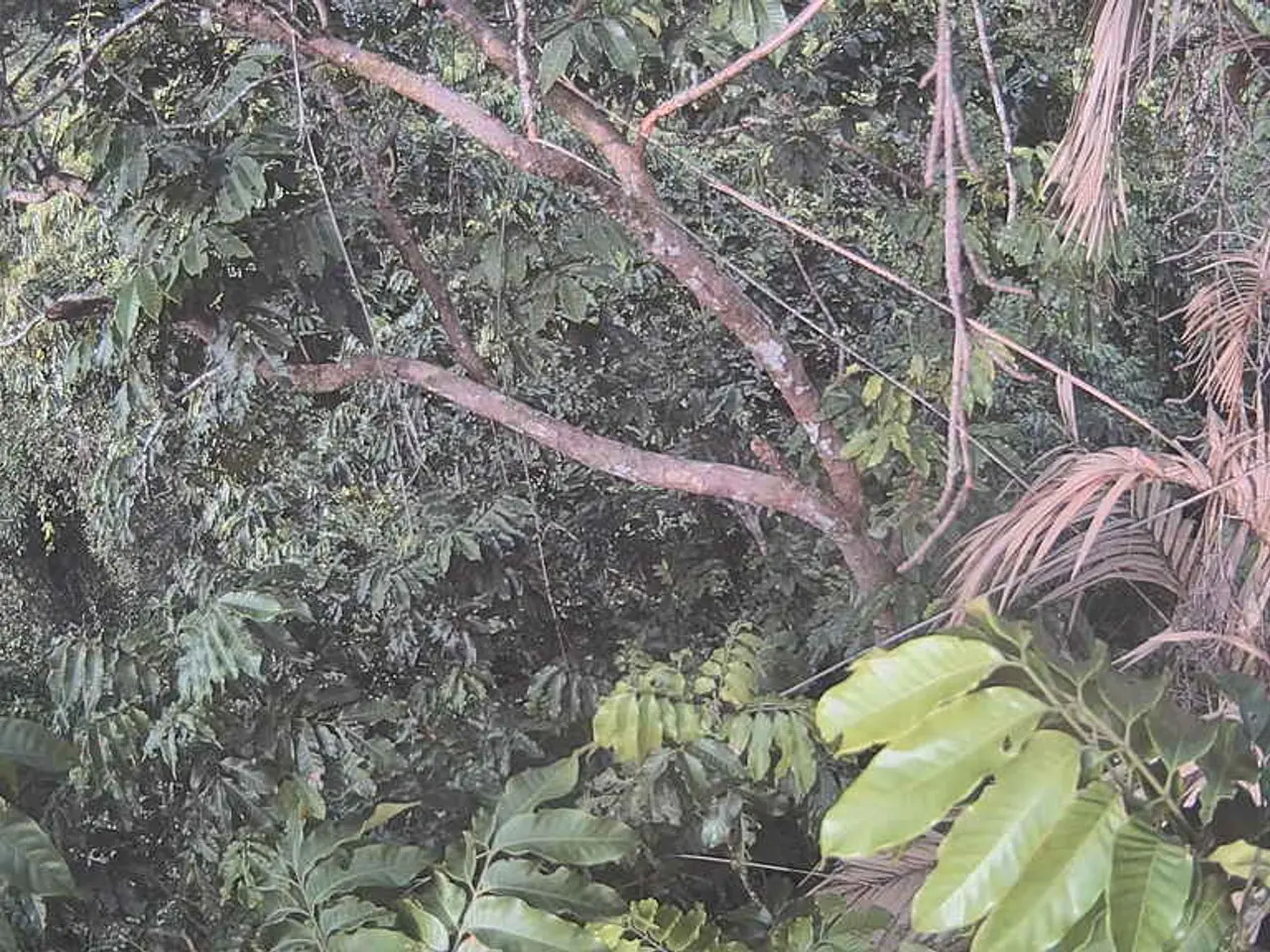Guidelines for Nurturing Ponytail Palms: Insights for Successful Ponytail Palm Plant Cultivation
Caring for Your Ponytail Palm: A Comprehensive Guide
Ponytail palms, scientifically known as Beaucarnea recurvata, are a unique and easy-to-maintain houseplant that can add a touch of the exotic to your indoor space. Here's a simple guide to help you care for your ponytail palm.
Light
Ponytail palms thrive best in bright, indirect light. They can tolerate up to full sun if grown outdoors temporarily, but for indoor growing, a sunny spot with several hours of indirect sunlight is ideal. In warmer zones, full sun is often best, but indoors, bright light around south-facing windows works well.
Water
Water your ponytail palm deeply but infrequently, allowing the top inch of soil to dry out between waterings. Avoid overwatering, as this is the most common cause of decline. In winter, reduce watering frequency significantly.
Temperature
Ponytail palms prefer temperatures between 60°F and 80°F (15°C–27°C). Protect them from drafts and temperature fluctuations, especially in winter. In colder zones, they need to be brought indoors during the winter months.
Soil
Use a well-draining, light soil mix to prevent the soil from becoming too wet or mucky. Good drainage is crucial to prevent root rot.
Fertilizer
Fertilize sparingly, at least 6 inches from the base, using a trusted brand with a low salts concentration to avoid root damage. Over-fertilizing or cheap fertilizers with heavy salts should be avoided.
Pruning
Pruning is minimal for ponytail palms. Remove dead or damaged foliage as needed to maintain the plant's appearance, but heavy pruning is not required.
Potting
When potting a new ponytail palm, use a container with adequate drainage holes and a light potting mix, such as those designed for cactuses or succulents. Choose a container that leaves about one inch of space between the base of the trunk and the edge of the pot.
Growth and Maintenance
Ponytail palms are not toxic to cats or dogs and do well in standard indoor temperatures. They don't produce flowers or fruit when grown in a container. The ponytail palm's natural drought-tolerant and slow-growing nature make it a resilient, low-maintenance houseplant suited for bright indoor environments.
Potential Issues
Ponytail palms may encounter issues with mealybugs, spider mites, or scale, but root rot is the most common problem. To avoid root rot, ensure good drainage and avoid overwatering.
Propagation
Propagating an indoor ponytail palm is challenging. It might produce an offset at the base, which can be repotted, or propagated by seed, but not easily.
By following these simple guidelines, you can enjoy the unique beauty of a ponytail palm in your home for years to come.
In the United States, you can enhance your home-and-garden lifestyle by adding ponytail palms, Beaucarnea recurvata, to your indoor collection. This vibrant and low-maintenance home-and-gardening project will engulf your home in a touch of the exotic, making it a stunning conversation starter.




